Which Used Wrangler Should You Buy? YJ vs. TJ vs. JK
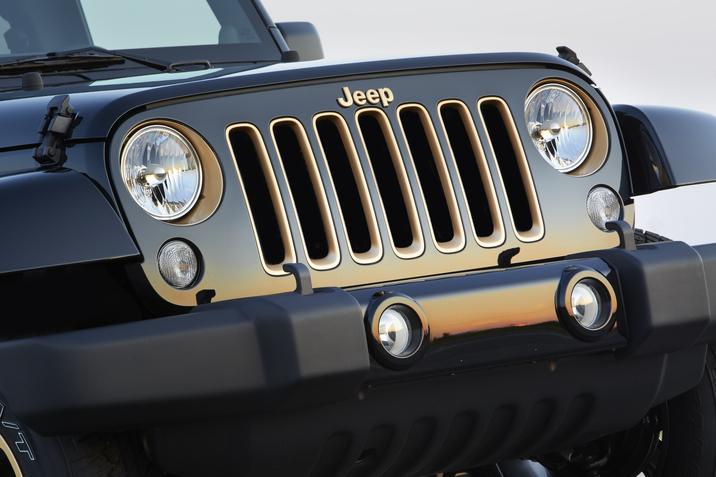
Contents
Introduction
From hardcore off-road enthusiasts looking to tackle the next trail to LA’s high school kids cruising Santa Monica, the popularity of the Jeep Wrangler is wide-ranging. Sales for the 4×4 continue to climb. Last year, Jeep sold about 240,000 units, and over 90 percent of them were the 4-door Unlimited model that debuted over a decade ago (2007).
The Wrangler is so popular most of its rivals have ceased production. Over the decades, the Jeep has driven trucks like the Nissan Xterra, Isuzu Amigo, and Chevy Tracker right out of business. And Jeep doesn’t just sit back and collect the cash. It continues to invest in its iconic 4×4, launching the latest generation of the Wrangler, the JL, in 2018.
Other brands that abandoned this market decades ago want back in, badly. Ford is bringing back the Bronco after several years of hype, and sales of the new, more authentic Land Rover Defender are about to kick off.
Meanwhile, the prices of used Jeep Wranglers are flat, and they remain affordable. Very affordable. Buyers have three generations to choose from: YJ, TJ, and JK, which were sold from 1987 to 2018. Collectively, they’re some of the most off-road capable SUVs ever made.
But which used Wrangler is right for you? Yes, there are many similarities between them. They all have four-wheel drive with a low-range transfer case, and they all feature a removable roof. But each generation of Wrangler is quite different than the other. Each version of the iconic SUV has its own appeal, and buyers should be aware of their unique trouble spots.
To help you climb this rocky trail, we’ve created this Jeep Wrangler buyer’s guide. We’ll cover the pros and cons of each as well as their current values.
Wrangler Generations

Before the Wrangler: The CJ
Before Jeep began using the Wrangler name in 1987, the Jeep was known as the CJ. It stood for “Civilian Jeep.” Remember, the Jeep was originally a military vehicle and was instrumental in helping the Allies win World War II. Without the Jeep, the world might have been a very different place.
CJ production lasted from the mid 1940s until the CJ-7 ended production in 1986. Introduced in 1976, the CJ-7 had a 10-inch longer wheelbase than its predecessor, the CJ-5, which improved its ride and interior space, expanding the Jeep’s appeal. The CJ with the longest production run was the CJ-5, however, produced from 1954 to 1983. Daisy Duke even drove one named Dixie on the Dukes of Hazzard in the early 1980s.
Although they aren’t as comfortable or civilized as the later Wranglers, Jeep CJ models from any decade continue to have a serious following, and restored examples have become collector’s items. Values are rising rapidly, about 20 percent of the last few years. Yes, beaters can still be found for around $5,000, but the most desirable versions in the best condition can sell for as much as ten times that amount.
By the way, unlike “CJ,” the letters “YJ,” “TJ,” and “JK” don’t stand for anything. They’re just Jeep’s internal designation for each successive Wrangler generation.

YJ Wrangler (1987-1995)
The first Jeep Wrangler, the YJ, appeared in 1986 (as a 1987 model), replacing the CJ-7 after its ten-year run. Despite the name change, the Wrangler shared much with the outgoing CJ-7, including the same 93.4-inch wheelbase. The YJ was far more civilized, however, with additional comfort and refinement. It soft top offered better weather protection, and its ride, both on- and off-road was improved. Air conditioning was available for the first time.
The increased livability of the YJ, which made it more suited to daily driving and more popular with urbanites and suburbanites, quickly earned these Wranglers the nickname, “Yuppie Jeep.” Hollywood understood that the Wrangler was becoming as popular in cities as it was in the country, and YJs were featured on the big screen in hits ranging from Jurassic Park to New Jack City.
Instantly recognizable by its rectangular headlights, the YJ was the first without round units, a change which pissed off more than a few Jeep purists. Like the CJ-7, the YJ still had part-time 4WD and rigid live axles and leaf-springs front and rear; however, its tracks were a bit wider for additional stability. The YJs also sits a bit lower. Ground clearance wasn’t quite as generous as a CJ-7, but it was close.
Beginning in 1987, Jeep offered a 117 hp 2.5 liter four-cylinder with rudimentary fuel injection or a 112 hp 4.2 liter inline six cylinder with a 2-barrel carburetor. Neither made much horsepower, but the six cylinder is considered to be more durable, although it can be hard to work on.
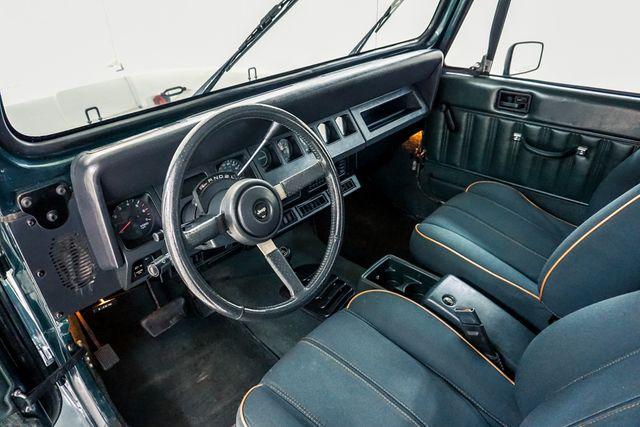
While a column-shift, three-speed automatic was available, most YJs had manual transmissions. The 2.5 liter engine was paired with a five-speed manual built by Aisin-Warner (AX-15). However, the big six cylinder was initially backed by a Peugeot-sourced unit, which is considered fragile. That changed in 1989, when the six also got the preferable AX-15 ‘box.
Also of note, Jeep replaced the Wrangler’s NP207 transfer case with the tougher NP231 unit for the 1988 model year.
In 1991, Jeep introduced the High Output 4.0 liter inline six cylinder, an engine that would become a Jeep staple of performance and durability. It made 180 hp. The four-cylinder remained standard, however, but was upgraded to multi-port fuel injection, upping its output to 123 hp.
Many trim levels were offered over the years, including Islander, Laredo, Sahara, and Renegade. The Renegade featured reshaped fenders, which only further pissed off purists.
Models built after 1992 finally got three-point rear seat belts, and a year later, anti-lock brakes became an option. That same year, the Wrangler got a third brake light for additional safety.
Finally, in 1994, Jeep replaced the clutch’s problematic hydraulic throw-out bearing with a more reliable and traditional setup.
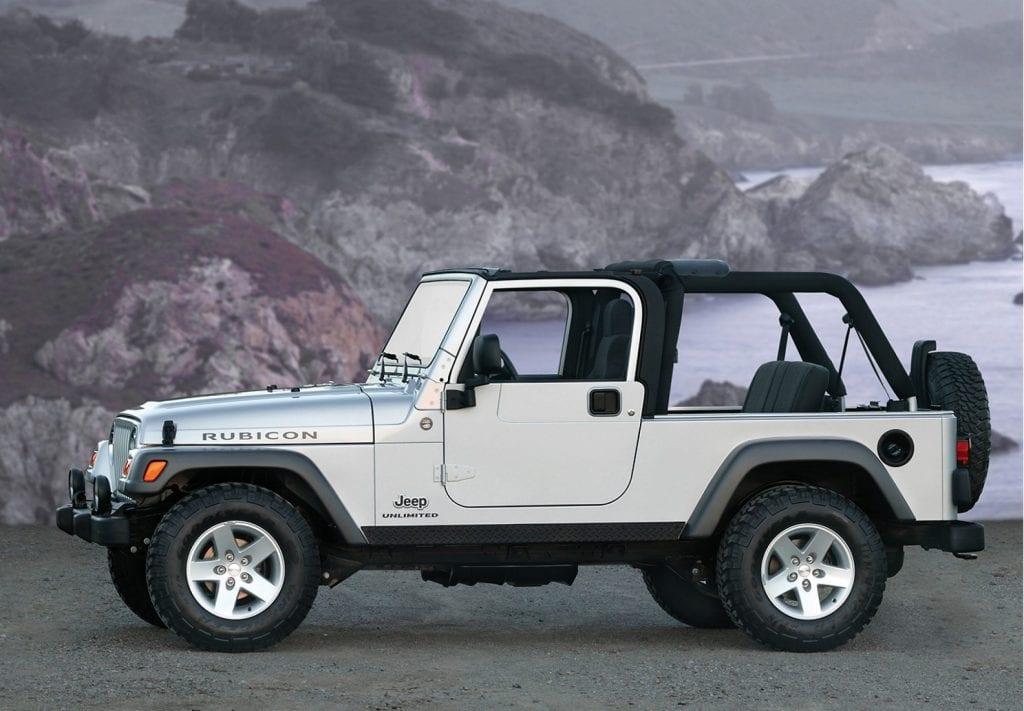
TJ Wrangler (1997-2006)
The second generation Wrangler, dubbed TJ, debuted for the 1997 model year, with evolutionary changes from its predecessor, the YJ. Jeep went back to traditional round headlights but replaced the prior Wrangler’s leaf springs with coil springs to further improve its ride. Its wheelbase remained 93.4 inches.
Four cylinders remained standard. The 2.5 liter stuck around until 2003, when it was replaced by a 2.4 liter with a dual overhead cam. As is the case when buying a YJ, it’s better to find a TJ with the 180 hp 4.0 liter inline six cylinder, which got bumped up to 190 hp in 2001. But check for leaks. The six can last forever with proper maintenance, but their gaskets are known to seep once the mileage climbs to over 100,000, especially the rear main seal. Also check the radiator’s plastic tank for seepage.
There were a couple of worthwhile engine upgrades made to the 4.0 liter in 2000. Its tubular exhaust manifolds were known to crack, so they were replaced with more durable units featuring twin catalytic converters. The engine also lost its distributor and plug wires, getting a more modern coil-on-plug ignition system instead.
Also in 2000, the robust NV3550 five-speed manual transmission finally replaced the AX-15 behind the 4.0 liter. A six-speed manual gearbox, the NSG 370, showed up in 2005. Meanwhile, two-pedal versions made do with a three-speed automatic until 2002, when a much-preferred four-speed unit with overdrive was finally made available.

Inside the TJ is quite civilized compared to its predecessor, but by today’s standards it’s a bit cheap and plasticky. There’s hard dark grey plastic everywhere and a weird two-spoke steering wheel. The TJ was also the first Wrangler with front airbags.
In 2003, Jeep introduced the Wrangler Rubicon, the most off-road capable Jeep ever. The Rubicon got tougher Dana 44 axles with lockers, a lower 4:1 transfer case ratio for improved crawling, additional skid plates, better tires, and improved ground clearance. Named for the Rubicon Trail, one of the toughest in the country, the variant instantly joined Jeep’s list of icons and remains in production today. Rubicons demand a premium on the used market over other TJ versions, such as the Sahara and Sport.
Halfway through the 2004 model year, Jeep introduced the longer Wrangler Unlimited. It still had two doors, but like the CJ-8 before it, it had a stretched 103.5-inch wheelbase. Sometimes called the LJs, these rigs were only available with the 4.0 liter and the automatic until 2005, when a manual became available, as well as a Rubicon version. LJ Rubicons remain in high demand, and low-mile examples fetch considerably more than standard versions.

JK Wrangler (2007-2018)
All new in every way, the third generation Wrangler, called JK, appeared for the 2007 model year, and it’s no joke. It got a longer 96.8-inch wheelbase as well as 3.4-inch wider tracks, while trimming overall length by 2 inches compared to the TJ. The JK is also considerably wider, which gives it more room inside but can make for a tighter fit on narrow trails.
The coil spring suspension design and the Rubicon package continued on, now with a disconnectable front sway bar to increase suspension travel.
Jeep’s venerable 4.0 liter inline six was shelved, however, and replaced with a 3.8 liter V6 making 202 hp. This engine was backed by a six-speed manual or a four-speed automatic, which was becoming a more popular choice.
This combination lasted until 2012, when something much better came along: the new 285 hp 3.6 liter Pentastar V6 and Jeep’s new five-speed automatic. A six-speed manual remained standard, but from this point forward, the majority of Wranglers would be built with two pedals. This is the combination that still powers the fourth generation Wrangler JL as well as Jeep’s new Gladiator pickup, which recently won the 2020 North American Truck of the Year award.
With the JK, the Wrangler continued to get more civilized, with a better ride than previous Wranglers and interiors that are far more modern. It’s the first Wrangler with power windows and locks, and the vast majority of them have air conditioning. These are also the first Wranglers with a touchscreen on the dashboard for the infotainment system. The days of hosing out your Wrangler interior were long gone. JKs also offer the added safety of stability control.
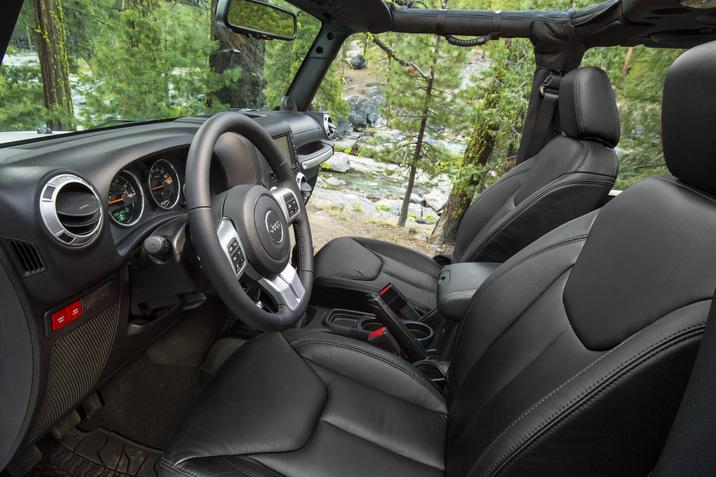
The interior was revamped again in 2011, gaining automatic climate control, and Jeep continued to roll out trim levels with cool names, including Arctic, Moab, Mountain, Rocky Mountain, and Call of Duty editions.
But the most significant thing about the JK is that it gave the world the four door Jeep Wrangler Unlimited. It arrived in 2007 with 20.6 inches of additional wheelbase, enabling a much larger backseat with room for three. Suddenly a Wrangler wasn’t just a toy for single folks. It was a family car. Today it remains the only four-door convertible on the market, and more than 90 percent of Wranglers sold are Unlimiteds.
Buying Tips
Rust can be a problem on Wranglers, even the most recent JKs. Remember, these are 4x4s, and many see all kinds of weather as well as mud. So check everywhere, not just the body, but also the chassis. Experts also recommend checking for dented oil pans and exhaust systems, which can happen during extreme off roading.
As with any used car, if you’re shopping a JK, get a vehicle history report and read it carefully. Make sure it has been cared for properly and hasn’t been totaled in an accident or swallowed by flood waters. Many Jeeps have been modified, which is fine, but know that some suspension modifications that improve the SUVs off-road performance can sacrifice its on road ride comfort and stability.
If you plan to do any serious off roading, it’s probably a good idea to spend a bit more for a JK Rubicon. Their Dana 44 axles and locking differentials are considerably more durable than those on other versions. Of course, you can upgrade other Wranglers with such equipment, but the total outlay may actually be higher.
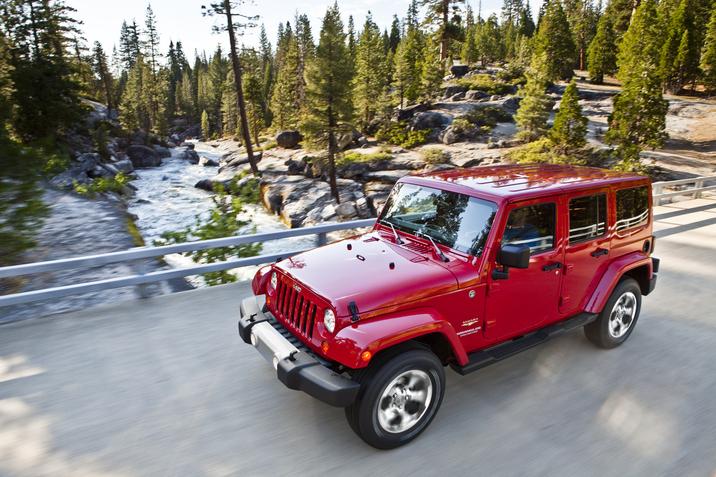
Price Ranges
Unless you’re shopping for beaters, the three generations of used Wranglers all cost roughly the same, with nice examples available between $10,000 and $20,000.
YJs, which are still a bit unloved by Jeep purists, were once the most affordable, but things have evened out over the years. Those with the inline six cost a bit more, but the engine’s additional torque is worth it. It’s possible to find YJs in good condition for less than $10,000, but the best-preserved examples have an average price in the mid to upper teens, according the Hagerty’s valuation tool.
Despite its upgrades, a second generation TJ doesn’t really cost any more than its predecessor, with prices ranging from about $7,000 to $20,000, depending on miles and condition. Rubicons and Unlimiteds sell for for a bit more, commanding roughly $5000 more than more pedestrian versions.
Prices for a third generation JK, which were sold new as recently as 2018, are higher than earlier Wranglers, with some of the newest ones still selling for over $30,000. But it’s still possible to find an older example with higher miles for less than $10,000. Four door models tend to cost a bit more than standard Wranglers, and Rubicons, of course, continue to demand a premium.

The Bottom Line
If it were our money, we would search out a nice two door Rubicon with a manual transmission. While the four door Unlimited is far more common, with a quick Google search we found a handful of two doors for sale in our area, ranging in price from $15,000 to $25,000. That’s not exactly cheap, but it’s an excellent value for what is arguably the ultimate iteration of a Jeep.
Photos courtesy Fiat Chrysler Automobiles, Mecum, and Wikimedia Commons